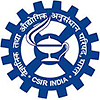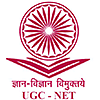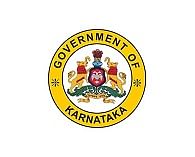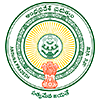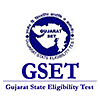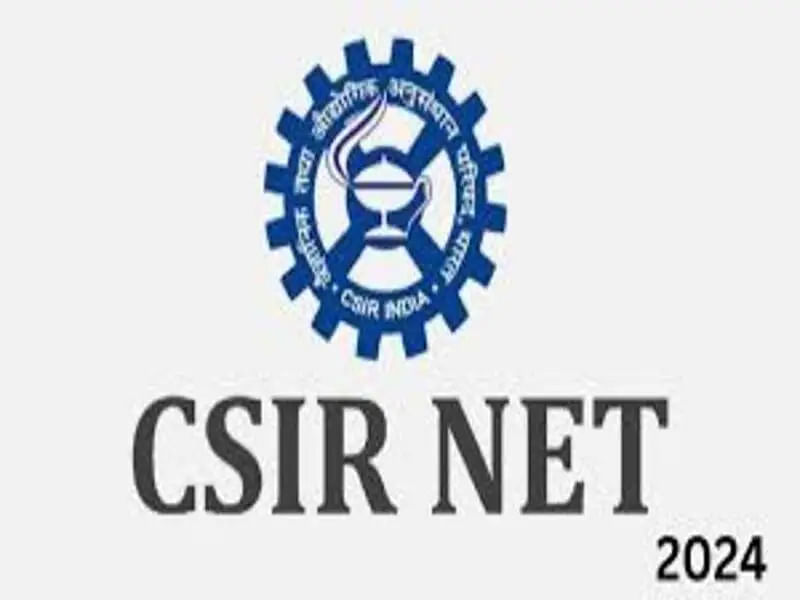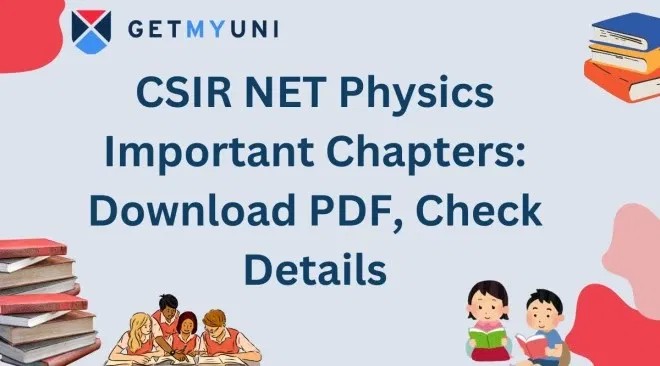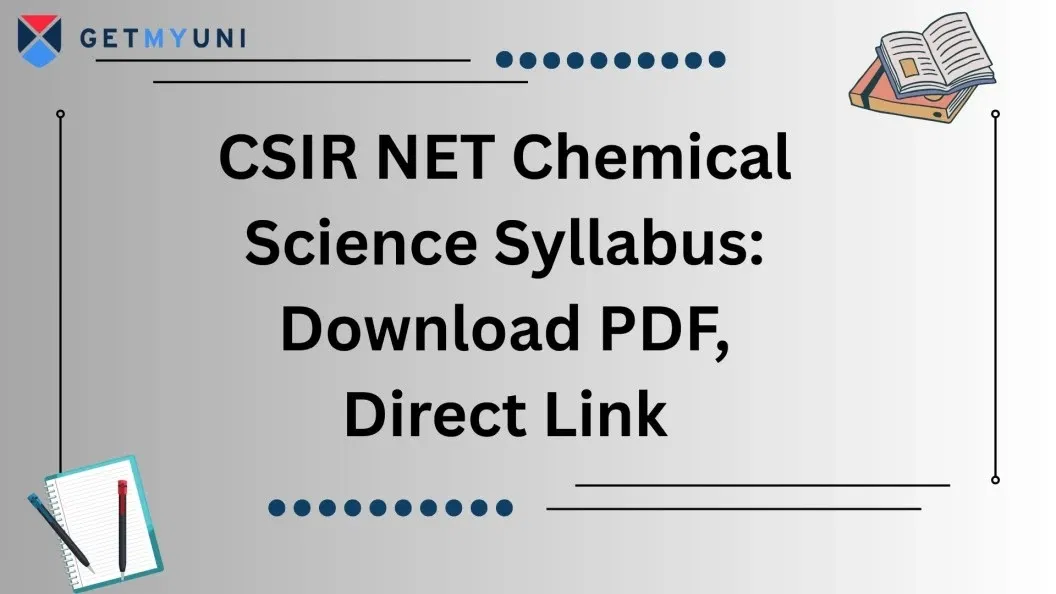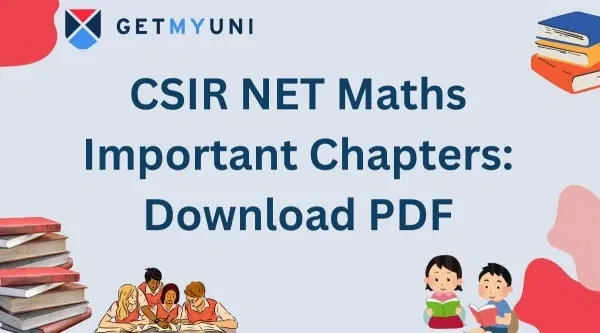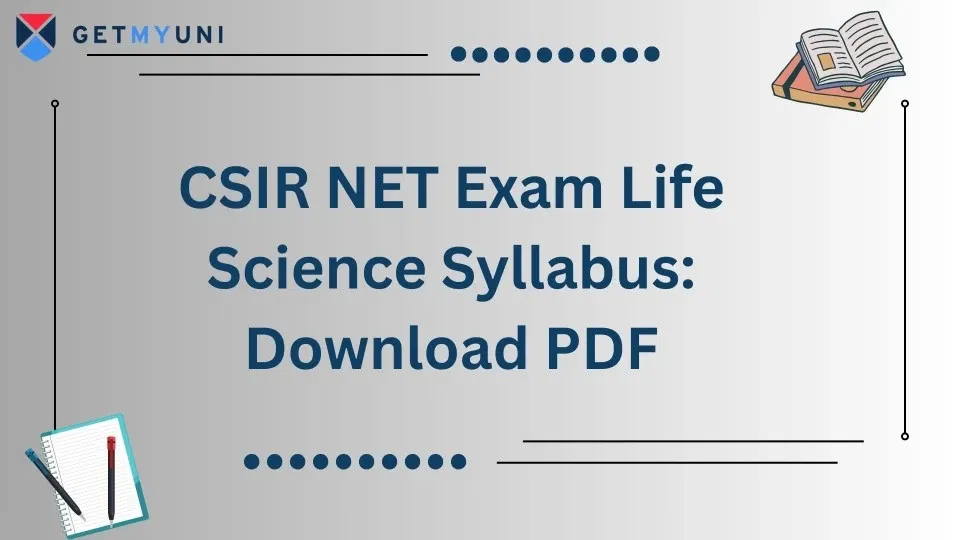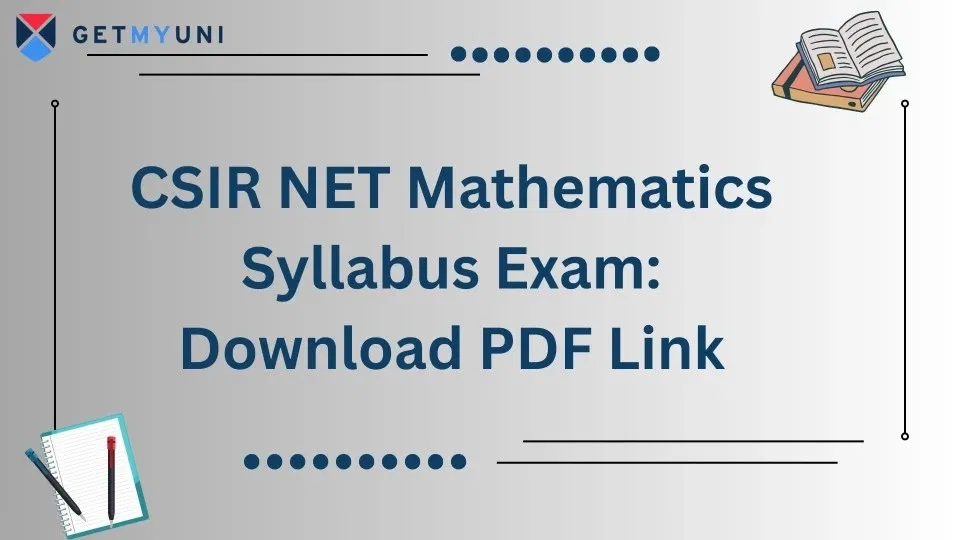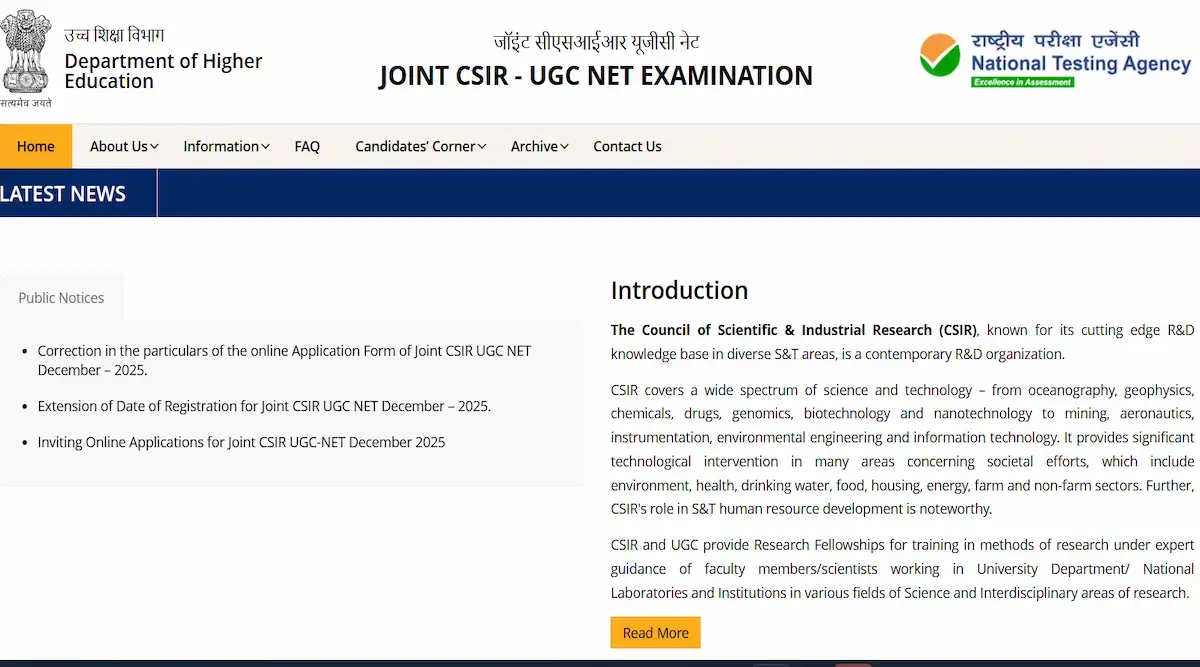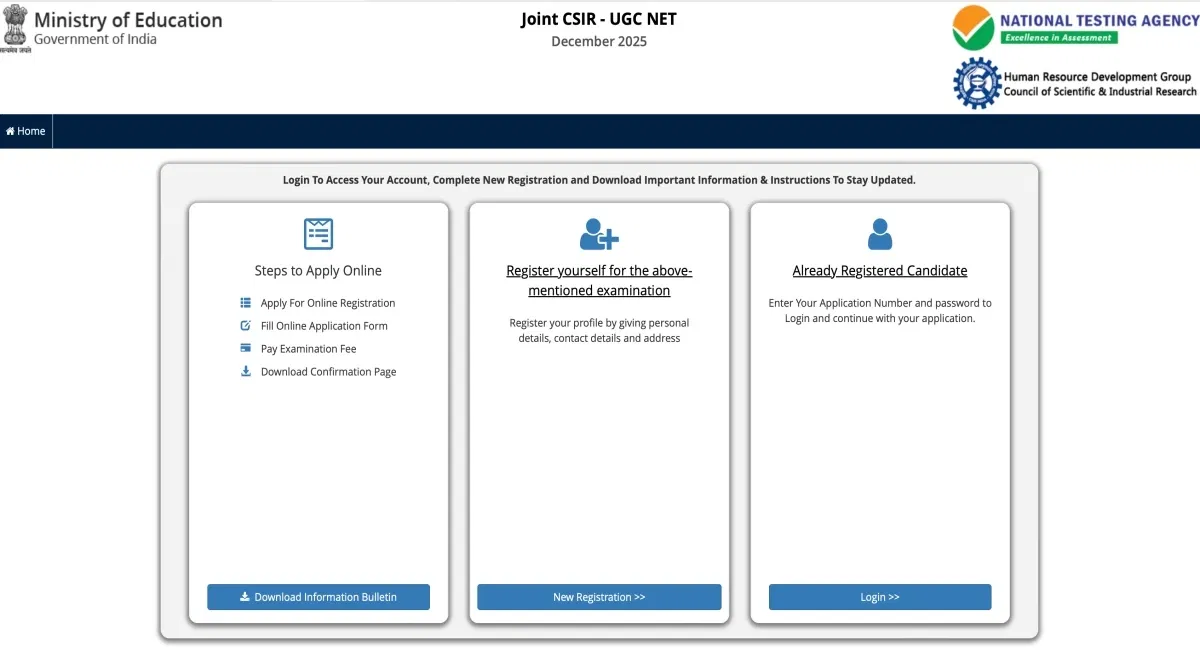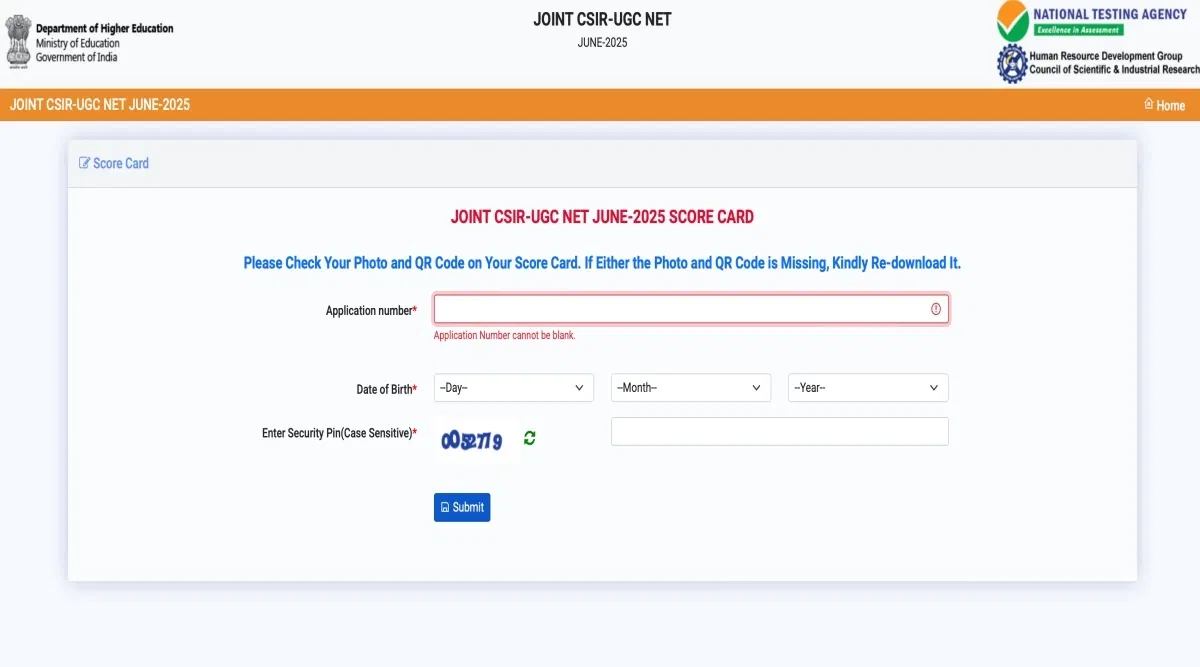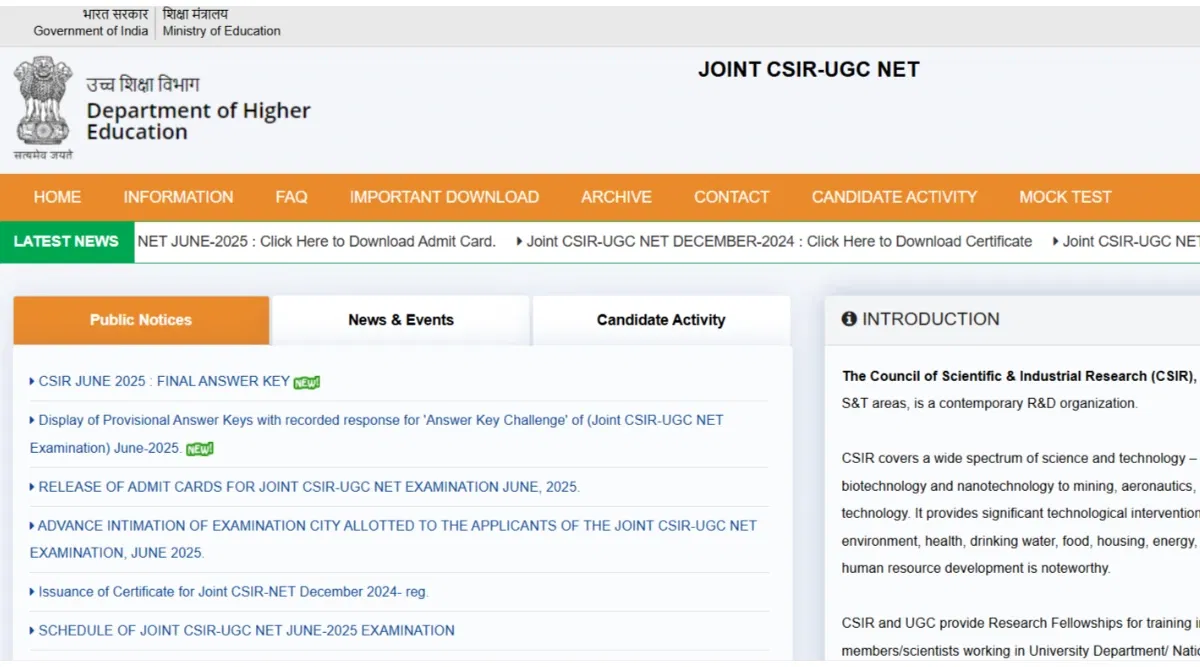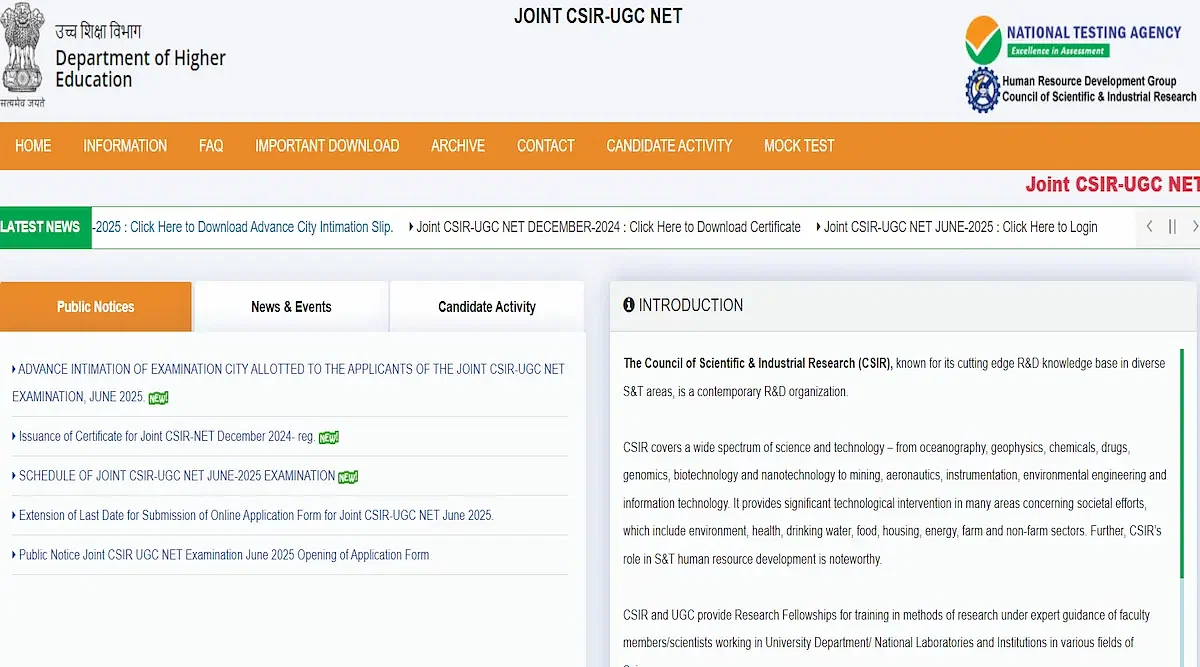
Table of Contents
CSIR NET mathematics syllabus 2025 carries topics from algebra, probability, permutations and combinations, statistics, trigonometry, various theorems, and many more. CSIR NET syllabus mathematics is constructed so all candidates can attempt the exam. Besides, CSIR NET mathematics exam pattern is the same for all the papers.
CSIR NET maths exam has three sections: A, B, and C. Questions from the CSIR NET syllabus mathematics section A and B carries negative marking for each incorrect answer. However, there is no negative marking for CSIR NET syllabus mathematics questions from part C.
CSIR NET Mathematics Syllabus 2025
CSIR NET mathematics syllabus 2025 is divided into four units. Each of them is further divided into sub-topics. CSIR NET mathematics syllabus 2025 PDF is attached for the candidate's benefit.
Unit - 1
CSIR NET mathematics syllabus 2025 deals with the analysis and linear algebra. The detailed CSIR NET maths syllabus unit 1 is as follows:
Analysis:
- Elementary set theory, finite, countable and uncountable sets, real number system as a complete ordered field, Archimedean property, supremum, infimum.
- Sequences and series, convergence, limp, liming.
- Bolzano Weierstrass theorem, Heine Borel theorem
- Continuity, uniform continuity, differentiability, mean value theorem.
- Sequences and series of functions, uniform convergence.
- Riemann sums and Riemann integral, Improper Integrals.
- Monotonic functions, types of discontinuity, functions of bounded variation, Lebesgue measure, Lebesgue integral.
- Functions of several variables, directional derivative, partial derivative, derivative as a linear transformation, inverse and implicit function theorems.
- Metric spaces, compactness, connectedness. Normed linear Spaces. Spaces of continuous functions as examples.
Linear Algebra:
- Vector spaces, subspaces, linear dependence, basis, dimension, algebra of linear transformations.
- Algebra of matrices, rank and determinant of matrices, linear equations.
- Eigenvalues and eigenvectors, Cayley-Hamilton theorem.
- Matrix representation of linear transformations. Change of basis, canonical, diagonal, triangular, and Jordan forms.
- Inner product spaces, orthonormal basis.
- Quadratic forms, reduction and classification of quadratic forms
UNIT - 2
Unit 2 of the CSIR NET mathematics syllabus 2025 deals with complex analysis, algebra, and topology. The entire CSIR NET mathematics syllabus 2025 is discussed here.
Complex Analysis:
- Algebra of complex numbers, the complex plane, polynomials, power series, and transcendental functions such as exponential, trigonometric and hyperbolic functions.
- Analytic functions, Cauchy-Riemann equations.
- Contour integral, Cauchy’s theorem, Cauchy’s integral formula, Liouville’s theorem, Maximum modulus principle, Schwarz lemma, and open mapping theorem.
- Taylor series, Laurent series, calculus of residues.
- Conformal mappings, Mobius transformations.
Algebra:
- Permutations, combinations, pigeon-hole principle, inclusion-exclusion principle, derangements.
- Fundamental theorem of arithmetic, divisibility in Z, congruences, Chinese Remainder Theorem, Euler’s Ø- function, primitive roots.
- Groups, subgroups, normal subgroups, quotient groups, homomorphisms, cyclic groups, permutation groups, Cayley’s theorem, class equations, Sylow theorems.
- Rings, ideals, prime and maximal ideals, quotient rings, unique factorization domain, principal ideal domain, Euclidean domain.
- Polynomial rings and irreducibility criteria.
- Fields, finite fields, field extensions, Galois Theory.
Topology:
- Basis, dense sets, subspace and product topology, separation axioms, connectedness and compactness.
UNIT - 3
Ordinary and partial differential equations, numerical analysis, calculus of variations, linear integral equations, and classical mechanics are dealt with in CSIR NET mathematics syllabus 2025 unit 3.
Ordinary Differential Equations (ODEs):
- Existence and uniqueness of solutions of initial value problems for first-order ordinary differential equations, singular solutions of first-order ODEs, and the system of first-order ODEs.
- The general theory of homogenous and non-homogeneous linear ODEs, variation of parameters, Sturm-Liouville boundary value problem, and Green’s function.
Partial Differential Equations (PDEs):
- Lagrange and Charpit methods for solving first-order PDEs, Cauchy problem for first-order PDEs.
- Classification of second-order PDEs, General solution of higher order PDEs with constant coefficients, Method of separation of variables for Laplace, Heat and Wave equations.
Numerical Analysis:
- Numerical solutions of algebraic equations, Method of iteration and Newton-Raphson method, Rate of convergence, Solution of systems of linear algebraic equations using Gauss elimination and Gauss-Seidel methods, Finite differences, Lagrange, Hermite and spline interpolation, Numerical differentiation and integration, Numerical solutions of ODEs using Picard, Euler, modified Euler and
- Runge-Kutta methods.
Calculus of Variations:
- Variation of a functional, Euler-Lagrange equation, Necessary and sufficient conditions for extrema.
- Variational methods for boundary value problems in ordinary and partial differential equations.
Linear Integral Equations:
- Linear integral equation of the first and second kind of Fredholm and Volterra type, Solutions with separable kernels. Characteristic numbers and eigenfunctions, resolvent kernel.
Classical Mechanics:
- Generalized coordinates, Lagrange’s equations, Hamilton’s canonical equations, Hamilton’s principle and principle of least action, Two-dimensional motion of rigid bodies, Euler’s dynamical equations for the motion of a rigid body about an axis, theory of small oscillations.
UNIT – 4
CSIR NET mathematics syllabus 2025 is based on various discussions of theorems and models.
- Descriptive statistics, exploratory data analysis
- Sample space, discrete probability, independent events, Bayes theorem. Random variables and distribution functions (univariate and multivariate); expectation and moments. Independent random variables, marginal and conditional distributions. Characteristic functions. Probability inequalities (Tchebyshef, Markov, Jensen). Modes of convergence, weak and strong laws of large numbers, Central Limit theorems (i.i.d. case).
- Markov chains with finite and countable state space, classification of states, limiting behaviour of n-step transition probabilities, stationary distribution, Poisson and birth-and-death processes.
- Standard discrete and continuous univariate distributions. Sampling distributions, standard errors and asymptotic distributions, distribution of order statistics and range.
- Methods of estimation, properties of estimators, confidence intervals. Tests of hypotheses: most powerful and uniformly most powerful tests, likelihood ratio tests. Analysis of discrete data and chi-square test of goodness of fit. Large sample tests.
- Simple nonparametric tests for one and two sample problems, rank correlation and test for independence.
- Elementary Bayesian inference.
- Gauss-Markov models, estimability of parameters, best linear unbiased estimators, confidence intervals, and tests for linear hypotheses. Analysis of variance and covariance. Fixed, random and mixed effects models.
- Simple and multiple linear regression. Elementary regression diagnostics. Logistic regression.
- Multivariate normal distribution, Wishart distribution and their properties. Distribution of quadratic forms. Inference for parameters, partial and multiple correlation coefficients and related tests. Data reduction techniques: Principle component analysis, Discriminant analysis, Cluster analysis, Canonical correlation.
- Simple random sampling, stratified sampling and systematic sampling. Probability proportional to size sampling. Ratio and regression methods.
- Completely randomized designs, randomized block designs and Latin-square designs. Connectedness and orthogonality of block designs, BIBD. 2K factorial experiments: confounding and construction.
- Hazard function and failure rates, censoring and life testing, series and parallel systems.
- Linear programming problem, simplex methods, duality. Elementary queuing and inventory models. Steady-state solutions of Markovian queuing models.
Quick Link:
| CSIR NET Mathematics Syllabus 2025 | Download PDF |
CSIR NET Mathematics Books
CSIR NET books for mathematical sciences are listed in the table below. Candidates must note that the books must cover the CSIR NET syllabus mathematics. Additionally, CSIR NET mathematics books PDF can be downloaded from the internet.
| Best Book for CSIR NET Mathematics | Authors/ Publishers |
| Theory of Functions of a Complex Variable | S. Narayan |
| Real Analysis | H L Royden |
| Basic Course in Real Analysis | S. Kumaresean |
| CSIR-UGC NET/JRF/SET Mathematical Sciences | Alok Kumar (Upkar) |
| Principles of Mathematical Analysis | W. Rudin |
| Contemporary Abstract Algebra | Joseph A Gallian |
| Integral Equations & Boundary Value Problems | Dr. M. D. Raisinghania |
| Fundamentals of Statistics | S C Gupta |
CSIR NET Mathematics Previous Year Question Papers
CSIR NET previous year question paper mathematics is mentioned in the table. The answer key for each session according to the year is attached beside the CSIR NET question papers mathematics PDF links.
| CSIR NET Mathematics Events | CSIR NET Mathematics Previous Year Question Papers | CSIR NET Mathematics Answer Keys |
| CSIR NET Mathematics Question Papers 2019 | CSIR NET Mathematics Answer Keys 2019 | |
| CSIR NET Mathematics Previous Year Paper - June 2018 | CSIR NET Mathematics Answer Keys June 2018 | |
| CSIR NET Mathematics Previous Year Paper - December 2018 | CSIR NET Mathematics Answer Keys December 2018 | |
| CSIR NET Mathematics Previous Year Paper - June 2017 | CSIR NET Mathematics Answer Keys June 2017 | |
| CSIR NET Mathematics Previous Year Paper - December 2017 | CSIR NET Mathematics Answer Keys December 2017 | |
| CSIR NET Mathematics Previous Year Paper - June 2016 | CSIR NET Mathematics Answer Keys June 2016 | |
| CSIR NET Mathematics Previous Year Paper - December 2016 | CSIR NET Mathematics Answer Keys December 2016 |
